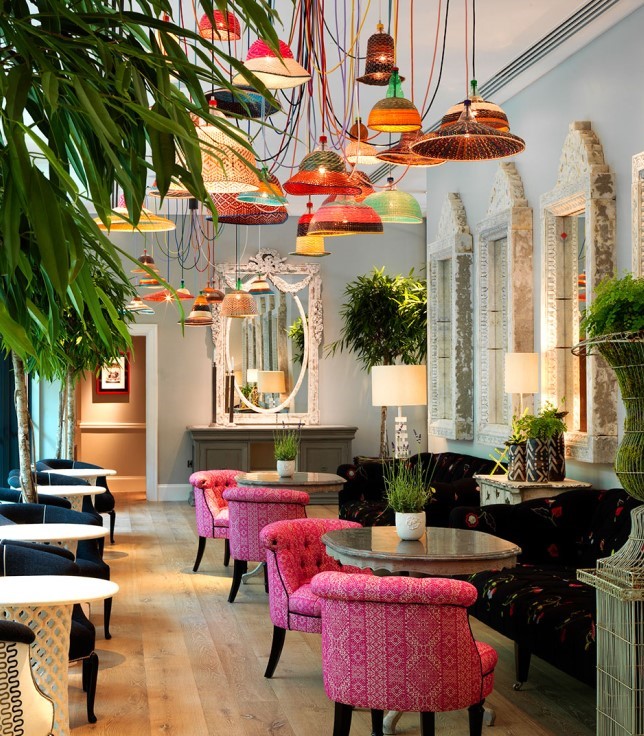Nestled in Taichung’s Guguan Hot Spring area along the Xueshan Range, Hoshinoya Guguan is surrounded by valleys carved by the Dajia River, century-old alkaline carbonate hot springs and the living heritage of the Atayal Indigenous people. Blending local culture with natural beauty, the resort invites travelers to step away from the everyday and experience something truly extraordinary.
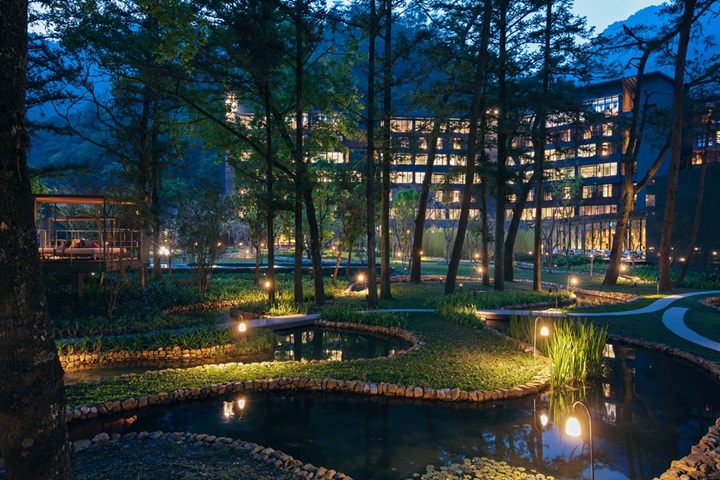
Immersed in nature
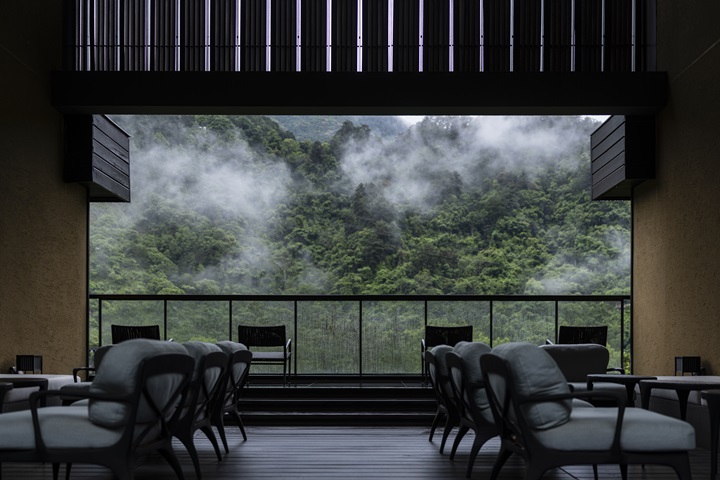
The architecture mirrors the contours of the valley, its views rising and falling with the terrain. The open-air courtyard Kazenoma (meaning the space of wind) uses latticed screens to dissolve the boundary between indoors and outdoors, revealing sweeping vistas of the resort and the distant ridges of Mount Malun. Inside the guest rooms, floor-to-ceiling windows capture the majesty of the Dajia River Valley, while loft-style sleeping spaces invite guests to recline and lose themselves in nature’s embrace.
Further Reading: The Ultimate Guide for Nature Lovers in Taiwan
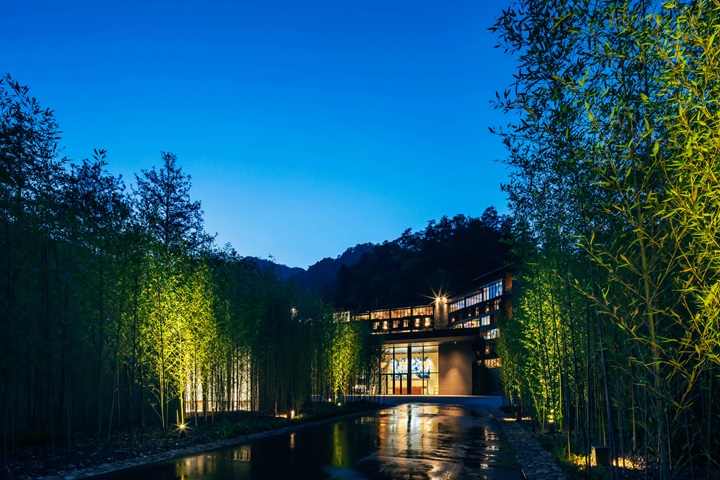
Japanese finesse, Taiwanese warmth
As part of the Hoshino Resorts luxury portfolio, Hoshinoya Guguan embodies the brand’s signature attentiveness and respect for privacy. A bamboo-lined entrance sets a tone of quiet seclusion and ceremony, while the option of in-room check-in allows guests to be personally received by their butler. The duplex-style rooms separate the sleeping quarters from the private hot spring area, ensuring each guest enjoys uninterrupted moments of rest and rejuvenation.
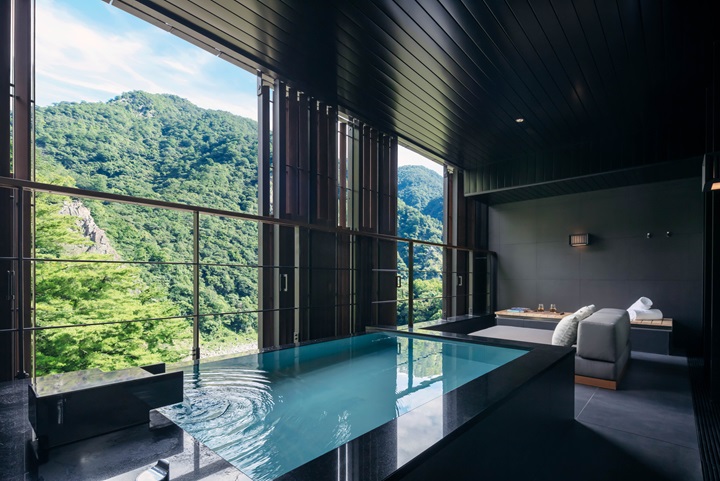
What truly distinguishes Hoshinoya Guguan, however, is its distinct Taiwanese warmth and hospitality. General manager Yutaka Yoshida, who previously helped launch Hoshinoya properties in Okinawa, Bali and Taketomi Island, observes: “The genuine kindness of the Taiwanese — their instinct to care for guests wholeheartedly and anticipate their needs — makes Hoshinoya Guguan unlike any other Hoshinoya property.” For instance, dietary preferences are handled with rare flexibility. In Japan, vegetarian cuisine is generally defined in a single way; in Taiwan, however, dietary practices vary widely — from ovo-lacto and Buddhist vegetarian to pescatarian or beef-free diets. With a largely local front-line team, Hoshinoya Guguan is uniquely equipped to adapt to these nuances — an expression of true, heartfelt hospitality.
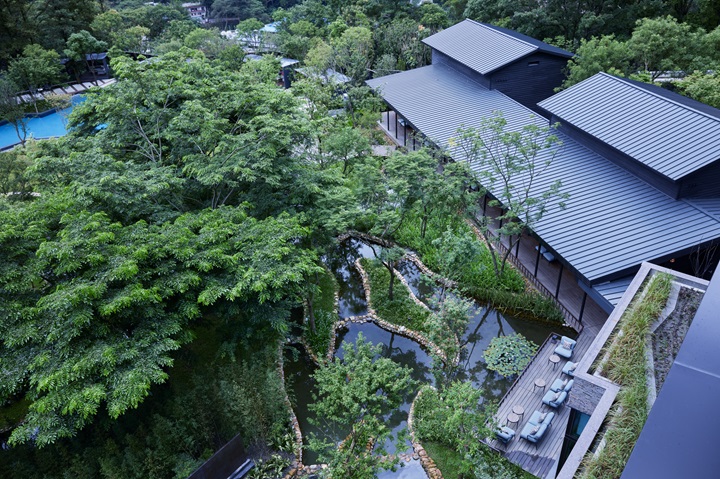
Nuts & bolts
A bite-sized breakdown of your most frequently asked questions about Hoshinoya Guguan.
Who comes here?
Outside of Tokyo, all Hoshinoya properties forgo televisions, clocks and gyms — a deliberate choice to help guests step away from routine and slow down.
At Hoshinoya Guguan, this philosophy unfolds in a lush mountain valley surrounded by the Seven Peaks of Guguan, flowing hot springs and ever-changing seasonal culture. It’s a setting that urban hotels simply can’t recreate. Guests who are drawn here are those seeking to pause, disconnect and lose themselves in a deeply immersive experience.
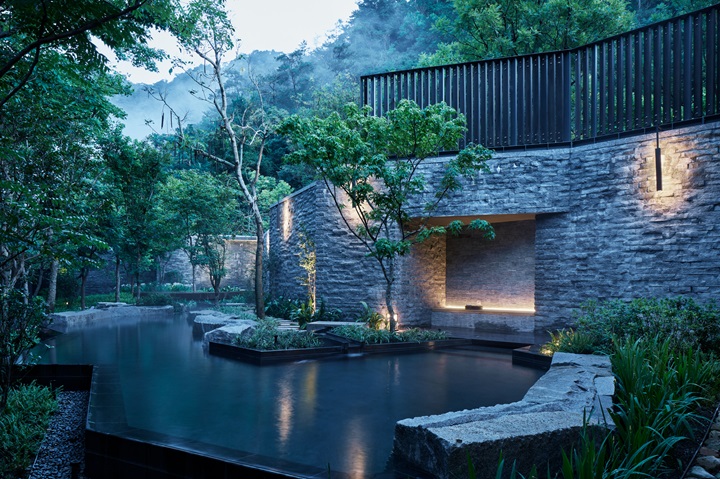
When’s the best time to visit?
The best time to visit is June to October. In Japan, heading to the mountains during summer is a long-standing tradition, and soaking in hot springs during the warmer months is said to help balance the nervous system. At an altitude of 800 meters, Guguan is typically about five degrees cooler than the plains, making it a refreshing escape perfect for stargazing and forest bathing.
Further Reading: Immerse Yourself in Bliss: MICHELIN Guide Hotels with Healing Hot Springs
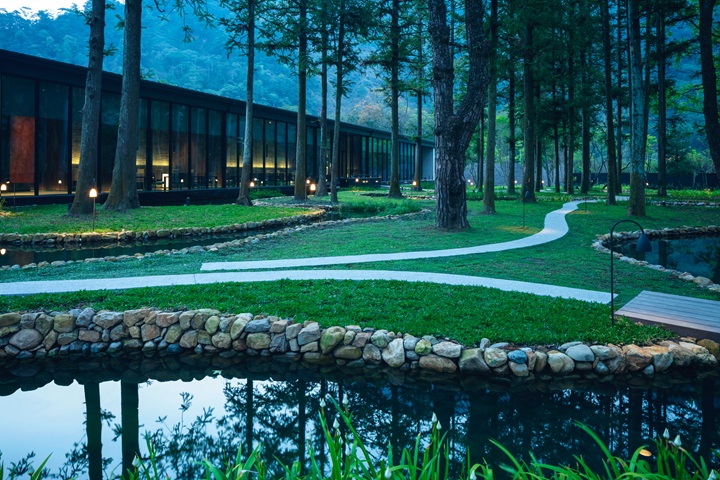
Many guests — particularly international travelers — stay for a week or more, hiking the surrounding peaks and connecting with local Atayal communities. This rhythm of activity and relaxation offers a uniquely intimate way to experience Taiwan, leaving visitors with lasting memories of both nature and culture.
What else is there to do in the area?
True to Hoshino’s philosophy of connecting guests with local life, Hoshinoya Guguan offers immersive experiences that engage both body and mind. Guests can start the day with morning stretches and deep-breathing exercises among the trees, join guided ecological walks, or explore local culture through Atayal village tours and forest tea ceremonies along hidden trails.
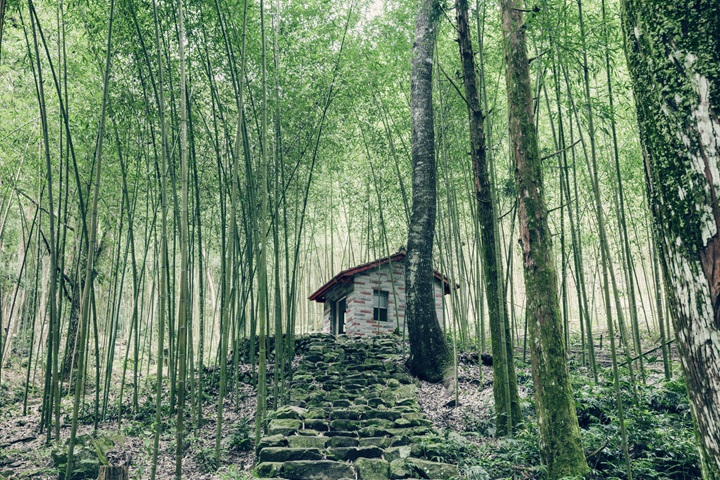
Beyond the resort, travelers can wander Guguan Old Street to sample local specialties like sturgeon dishes or visit the nearby Baxianshan Forest Recreation Area. During his early days in Guguan, Yoshida himself would often jog along the five-needle pine trail near Songhe Village, stopping at a small weekend café overlooking the Dajia River — coffee in hand, quietly savoring the simple pleasures of the valley.
Further Reading: 2 Days in Dajia and the Taichung Coast
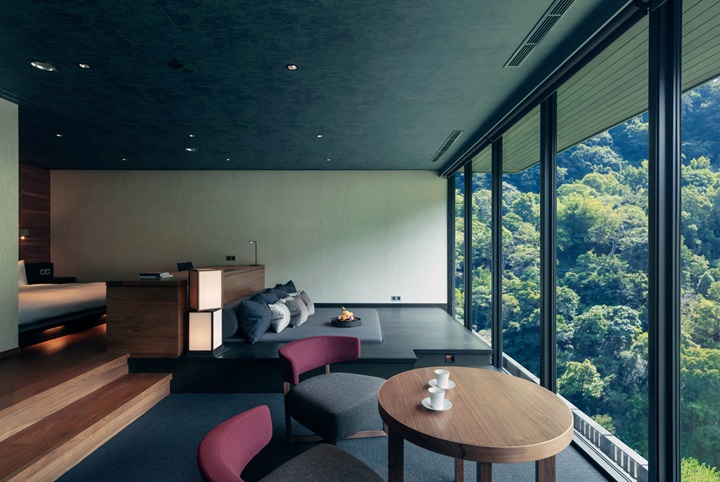
Best room for a solo traveler? A couple? A family?
Hoshinoya Guguan offers a range of rooms tailored to different types of travelers. The Shui room serves as the standard option, while Feng accommodates up to three guests. Families can enjoy the Shan room, designed with two separate bedrooms, and the three-bedroom Sen Suite can host up to seven guests comfortably. Among them, the Yue room stands out as the largest two-person suite in the resort, with only five available across the property. Its private hot spring area is twice the size of standard rooms and features a semi-open pool with movable lattice doors, a spacious lounging area and the subtle fragrance of rush grass tatami mats. Be sure to visit the loft’s moon-viewing terrace, where you can take in unobstructed, panoramic views of the valley, carved over centuries by the Dajia River.
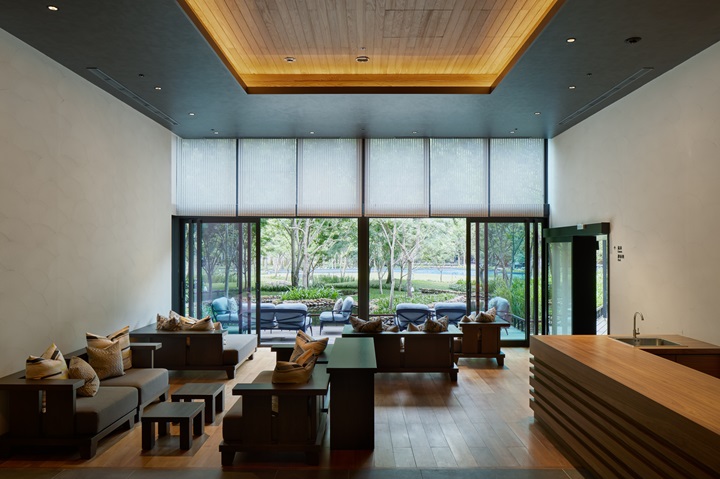
What’s a design feature I would miss if you didn’t tell me about it?
Hoshinoya Guguan is filled with subtle design touches that enhance its sense of escape from everyday life. In the large communal bath, the water is carefully calibrated to reach just the chest, enveloping bathers in gentle, cocooning warmth. Nearby, guests can taste mild alkaline spring water sourced from Mount Fuji, naturally rich in potassium, calcium and magnesium.
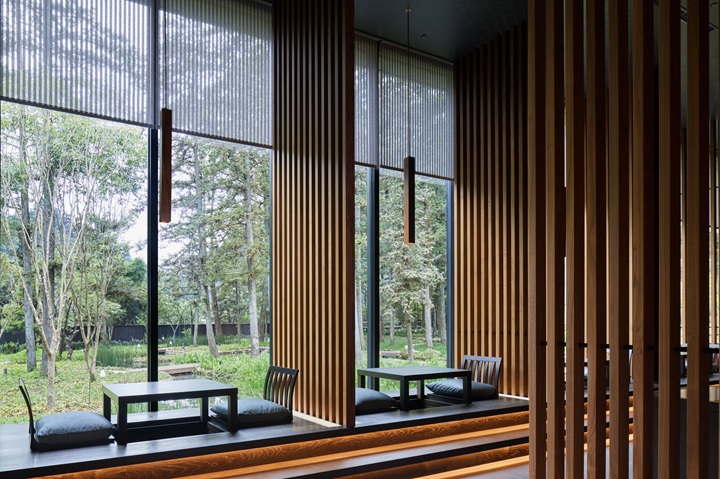
Even the restaurant entrances tell a story: visitors enter through a red doorway, symbolizing appetite, and leave through a black one, marking the transition to rest and relaxation.
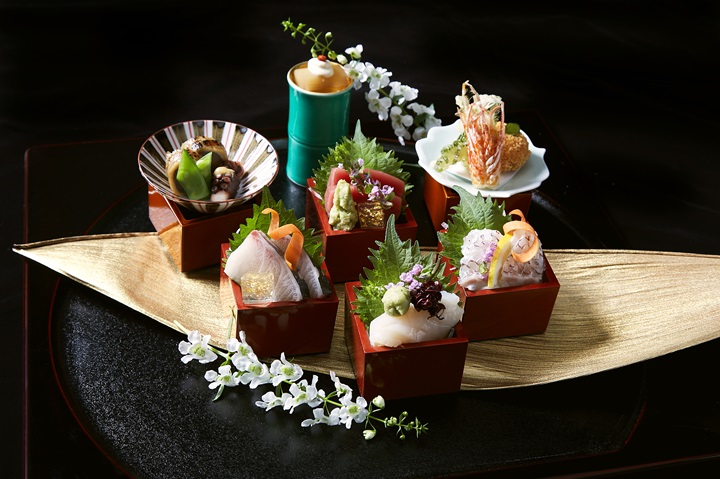
What’s there to eat?
Dinner at Hoshinoya Guguan highlights Taiwan’s seasonal, high-quality ingredients through the refined artistry of Japanese kaiseki for a traditional, multi-course meal. Each dish is presented with exquisite craftsmanship — Edo Kiriko glassware, Kutani and Arita porcelain, and Bizen ware — reflecting the textures and layers of the surrounding mountains.
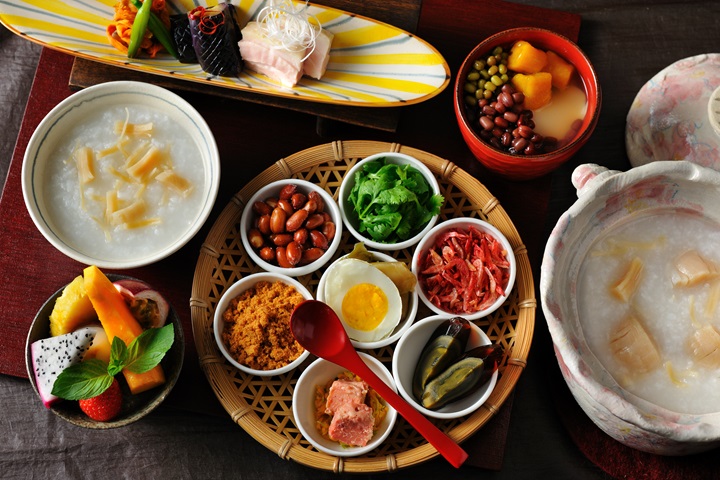
Every course embodies both the precision of Japanese artisans and a deep respect for Taiwan’s land and produce. Breakfast is served in Japanese, Taiwanese or Western styles, offering a gentle, harmonious start to the day.
Read the original Chinese article here.
All photos courtesy of Hoshinoya Guguan.
Further Reading: 6 MICHELIN Guide Hotels in Taiwan with MICHELIN-Recommended Restaurants



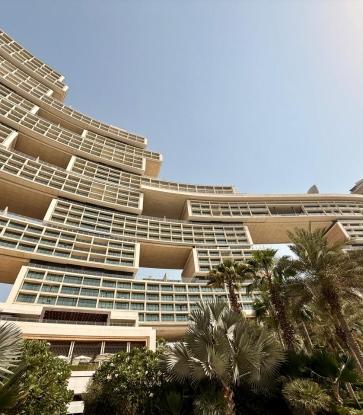
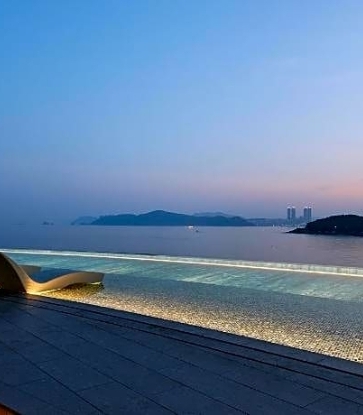
%20-%20Aman%20Nai%20Lert.jpg)
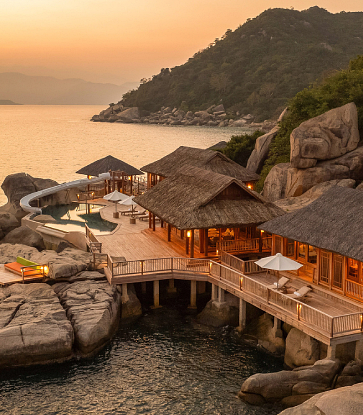
.jpg)
